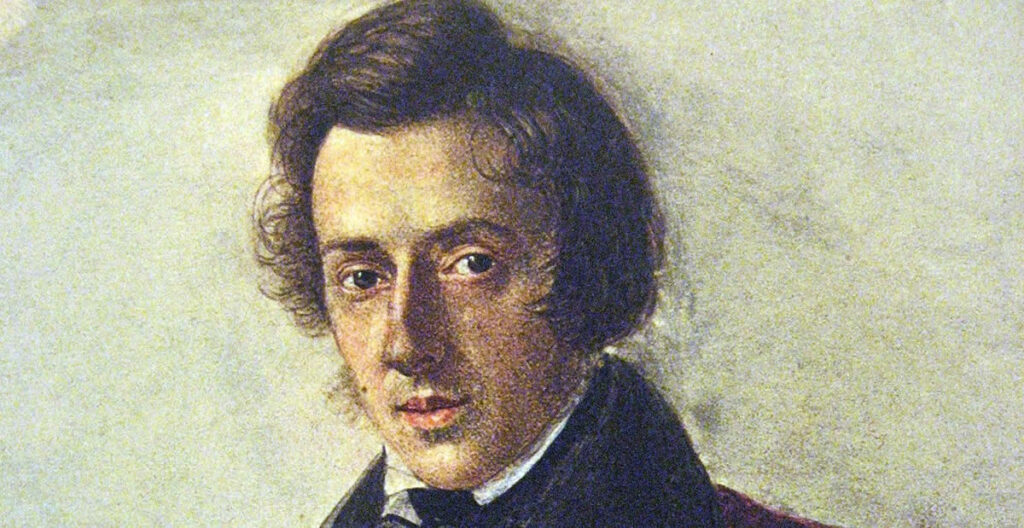
The Story Behind Chopin’s Piano Concerto No. 1
Frédéric Chopin’s Piano Concerto No. 1 in E minor, Op. 11, is one of the most celebrated works in the Romantic piano repertoire. Composed in[…]

The Story Behind Chopin’s Fugue in A minor, B 144
Frédéric Chopin, celebrated for his emotional depth and technical brilliance, remains one of the most iconic figures in the history of Western classical music. While[…]

The Story Behind Chopin’s Nocturnes
Frédéric Chopin, one of the most celebrated composers of the Romantic era, is renowned for his emotionally rich and technically brilliant piano compositions. Among his[…]

Frédéric Chopin – Biography and History
Frédéric Chopin remains one of the most celebrated and influential composers of the Romantic era, renowned for his virtuosic piano compositions that continue to captivate[…]

Harmonies of a Genius: Unraveling Chopin’s Life and Legacy
Frederic Chopin, a composer and pianist of unparalleled genius, left an indelible mark on the world of music during his short but brilliant life. Born[…]

10 Fascinating Facts about Frédéric Chopin: A Musical Genius
Frédéric Chopin, born in 1810, was a Polish composer and pianist who left an indelible mark on the world of classical music. His profound compositions,[…]

The Mesmerizing Melodies: Top 10 Songs by Frédéric Chopin
Frédéric Chopin, one of the most influential and beloved composers in the history of classical music, left an indelible mark on the world with his[…]

Exploring the Enchanting World of Frédéric Chopin: Unveiling Curiosities
Frédéric Chopin, the legendary composer and pianist of the Romantic era, left an indelible mark on the world of classical music. Known for his emotionally[…]

Discovering Frédéric Chopin’s Top 7 Compositions
Frédéric Chopin, the renowned Polish composer and pianist of the Romantic era, left an indelible mark on the world of classical music. His compositions continue[…]

Chopin’s Genius: A Reflection on His Music and Legacy
Frédéric Chopin was one of the most influential composers of the Romantic era, whose music continues to inspire and delight millions of listeners around the[…]